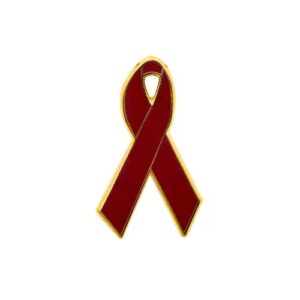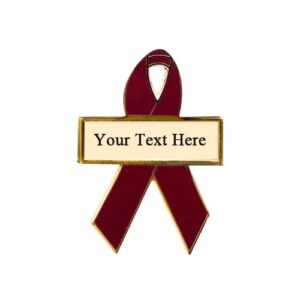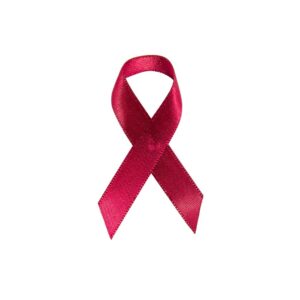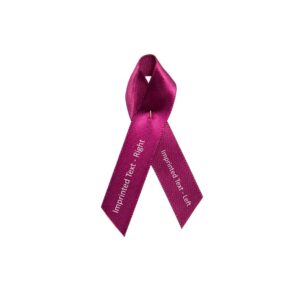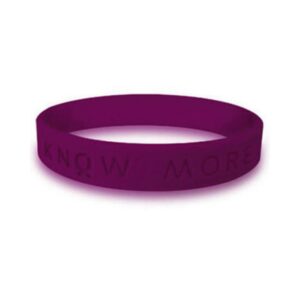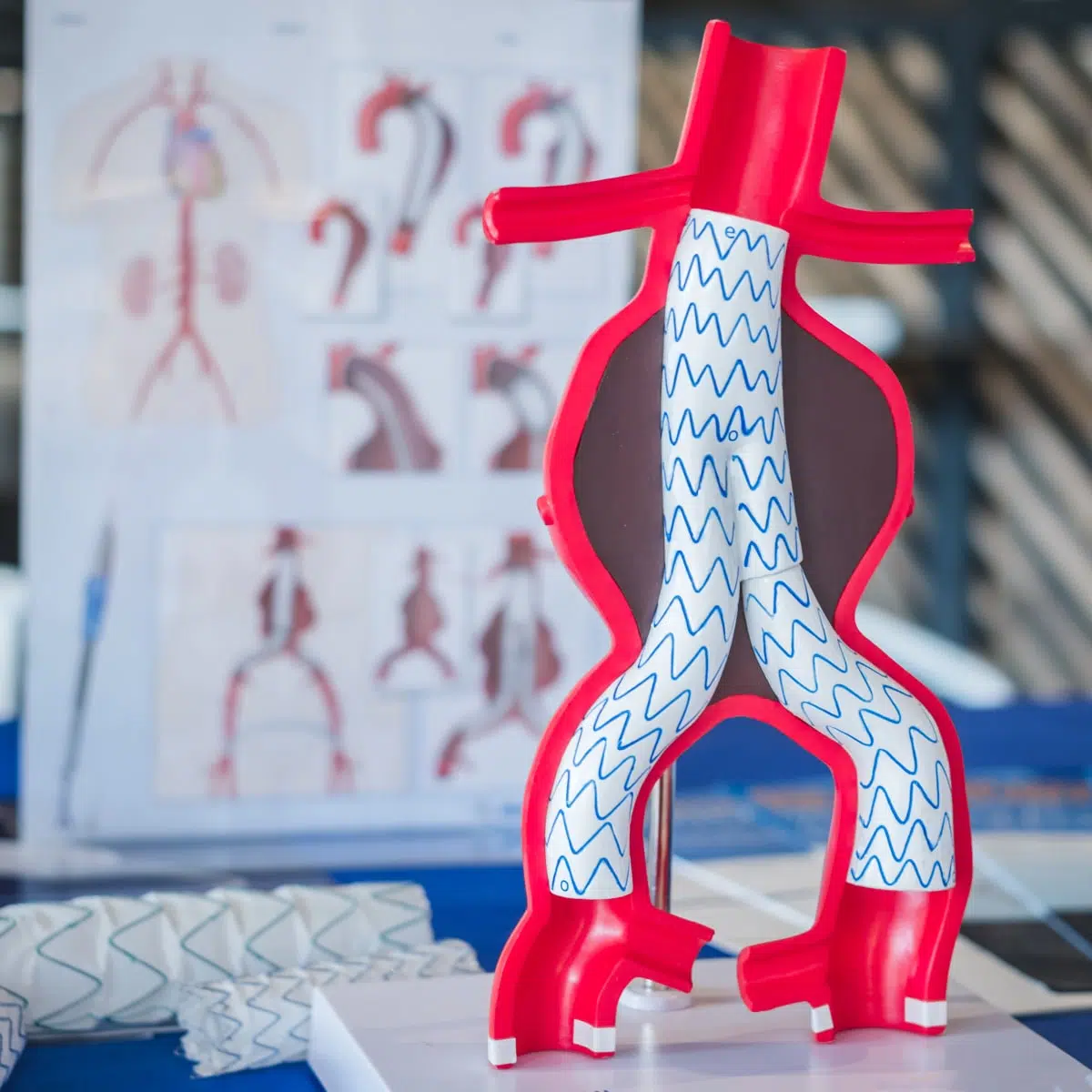Aortic Dissection Awareness Day
In September, we raise awareness about serious issues that affect the aorta. The aorta is the body’s largest artery and essential component of the heart. September 19 is Aortic Dissection Awareness Day. This day calls attention to the condition that famously took the life of popular actor John Ritter. Wear a burgundy awareness pin, ribbon or wristband to observe Aortic Dissection Awareness Day. Burgundy was chosen because it’s a shade of red, which is close to the heart.
Wear a Burgundy Awareness Pin, Ribbon or Wristband to Observe Aortic Dissection Awareness Day
Aortic dissections and aortic aneurysms lead to nearly 10,000 deaths each year.
There are two kinds of aortic dissections. The difference is where the dissection is located.
Type A. This is the more common of the two, and more dangerous. The tear happens in the upper aorta, which is also called the ascending aorta. It can extend into your abdomen (your belly) or in the area where the aorta leaves your heart.
Type B. This is a tear in the lower, or descending, aorta. It, too, may reach into your abdomen.
The signs of aortic dissection can be similar to those of other diseases. Or you may feel like you’re having a heart attack. But some people don’t have any pain.
The most common symptoms are:
- Shortness of breath
- Loss of consciousness
- A weaker pulse in one arm than the other
- Fever
- Fainting or dizziness
- Pale skin
- Nausea
- Heavy sweating
- Sense of doom
- Sudden, severe upper back or chest pain (often described as a “tearing” sensation from the neck down the back)
- Sudden, severe belly pain
- Leg pain
- Mild neck, jaw, or chest pain
- Sudden trouble speaking
- Loss of vision
- Paralysis or weakness on one side of the body, much like a stroke
- Tingling, numbness, or pain in the toes or fingers
- Trouble walking
Aortic dissections happen in places where the aortic wall is weak. Over time, high blood pressure can weaken aortic tissue. Sometimes the weakness is from a condition you’re born with that affects the strength or size of your aorta. Marfan syndrome is one example. In rare cases it results from a traumatic injury to the chest, like you’d have in a car accident.
Who’s at risk: Aortic dissections most often affect men between the ages of 60 and 80. Men are twice as likely to have an aortic dissection as women. Other things that make an aortic dissection more likely include:
- Hardening of the arteries, or atherosclerosis.
- High blood pressure, or hypertension, that isn’t under control.
- A pre-existing bulging or weakened artery.
- A bicuspid aortic valve (a valve with two leaflets).
- An aorta that’s narrowed at birth, a condition called aortic coarctation.
- Smoking.
Certain genetic diseases also seem to increase the odds of having an aortic dissection, including:
- Turner’s syndrome. Turner syndrome is caused by a lack of one X chromosome, and only affects women. Among other things, it can cause high blood pressure and heart problems.
- Connective tissue disorders like Marfan syndrome, Ehlers-Danlos syndrome, and Loeys-Dietz syndrome. They can lead to weakened blood vessels.
- Some inflammatory conditions, such as giant cell arteritis and syphilis, which can also affect blood vessels.
- Using cocaine, being pregnant, and even high-intensity weightlifting can raise your chances of having an aortic dissection. It’s most likely if you already have a history of blood pressure or blood vessel problems.
The best way to lower your odds of having an aortic dissection is to schedule an annual visit with your doctor to check your heart. You can also:
- Talk to your doctor. Discuss any genetic conditions you have. If they raise your chances of aortic dissection, the doctor may suggest you take blood pressure medications to help prevent it.
- Control your blood pressure. If you have high blood pressure, keep up with your medicine, diet, and exercise to manage it. You may also want to buy a portable blood pressure measuring device or check your pressure at grocery stores or pharmacies that have machines.
- Don’t smoke. If you do, plan to quit. Many people try several times before they kick the habit for good. Tell your doctor, who can look into methods that will help you quit.
- Practice heart-healthy habits. Eat whole grains, fruits, and vegetables and exercise regularly. Limit how much salt you get by checking food labels.
- Wear a seat belt. It can lower your odds of a traumatic chest injury in case of an accident.
